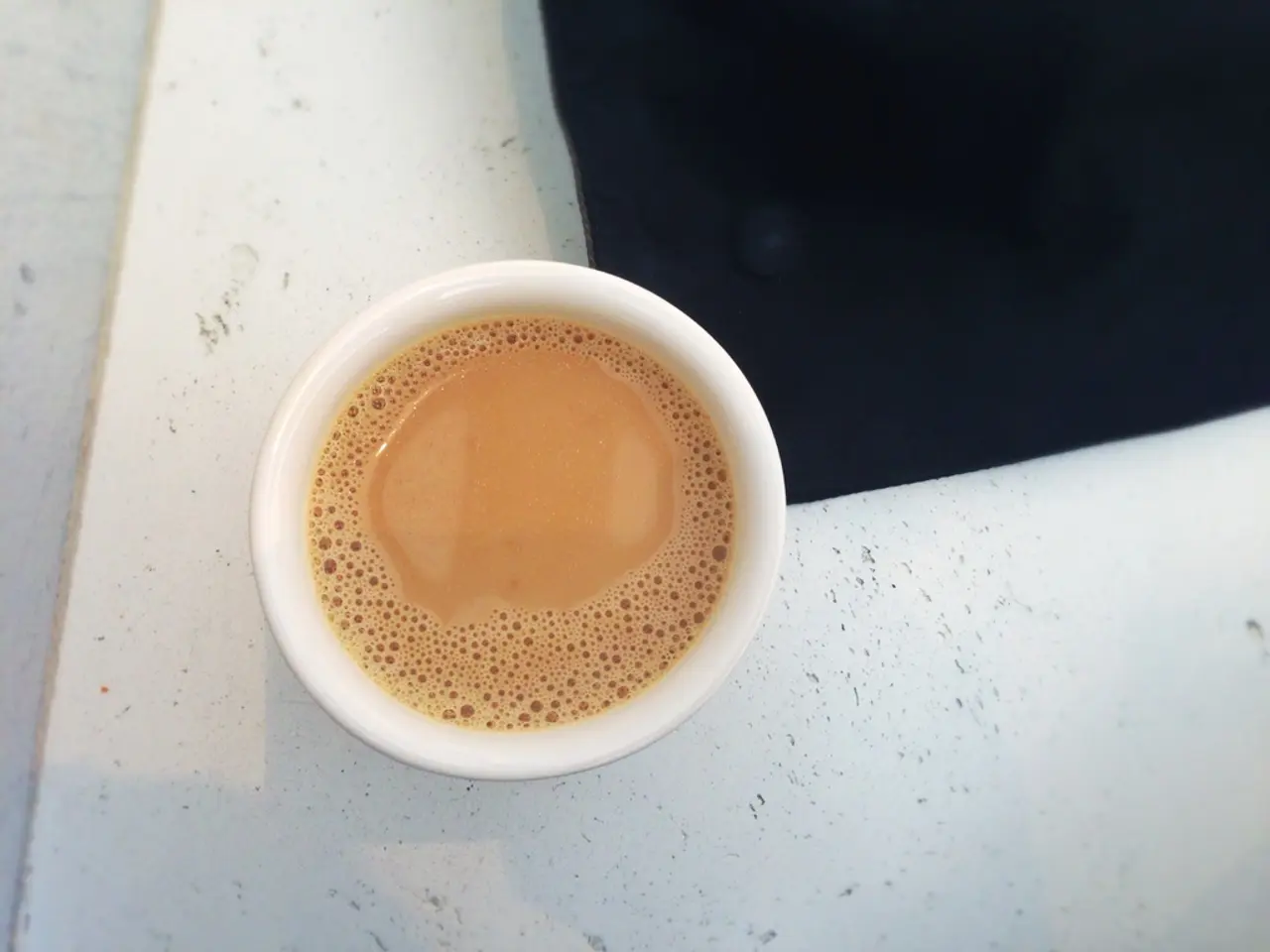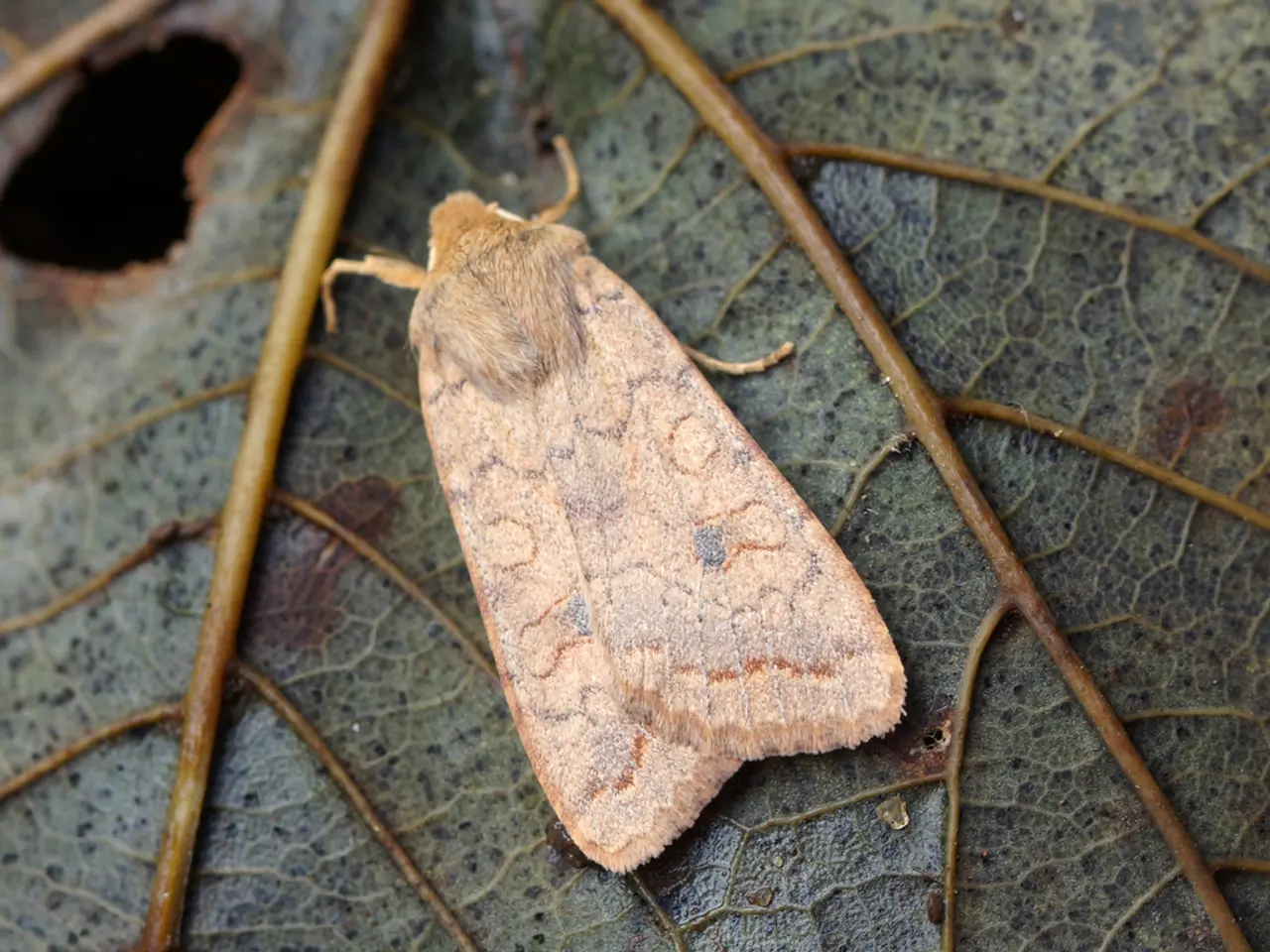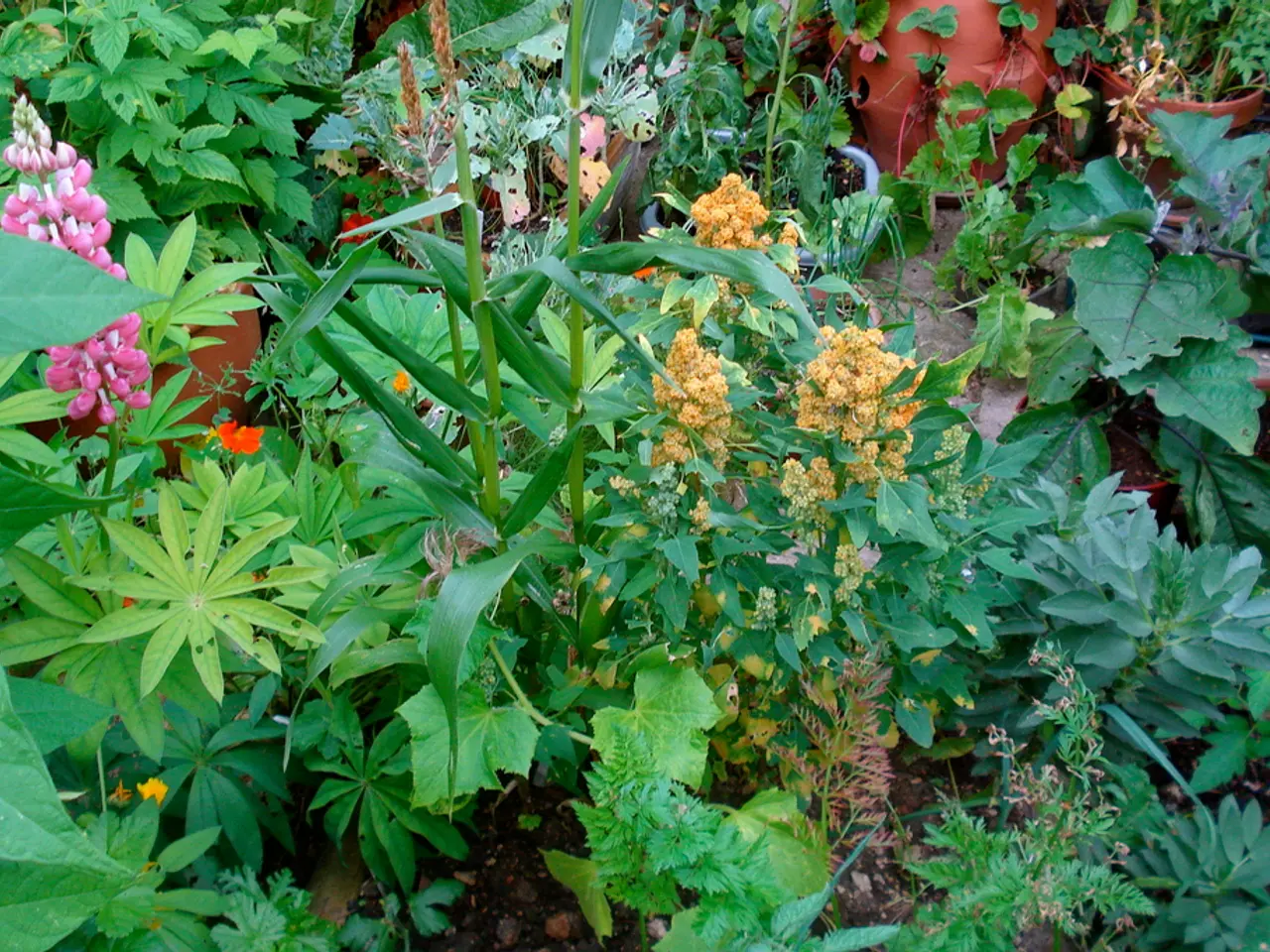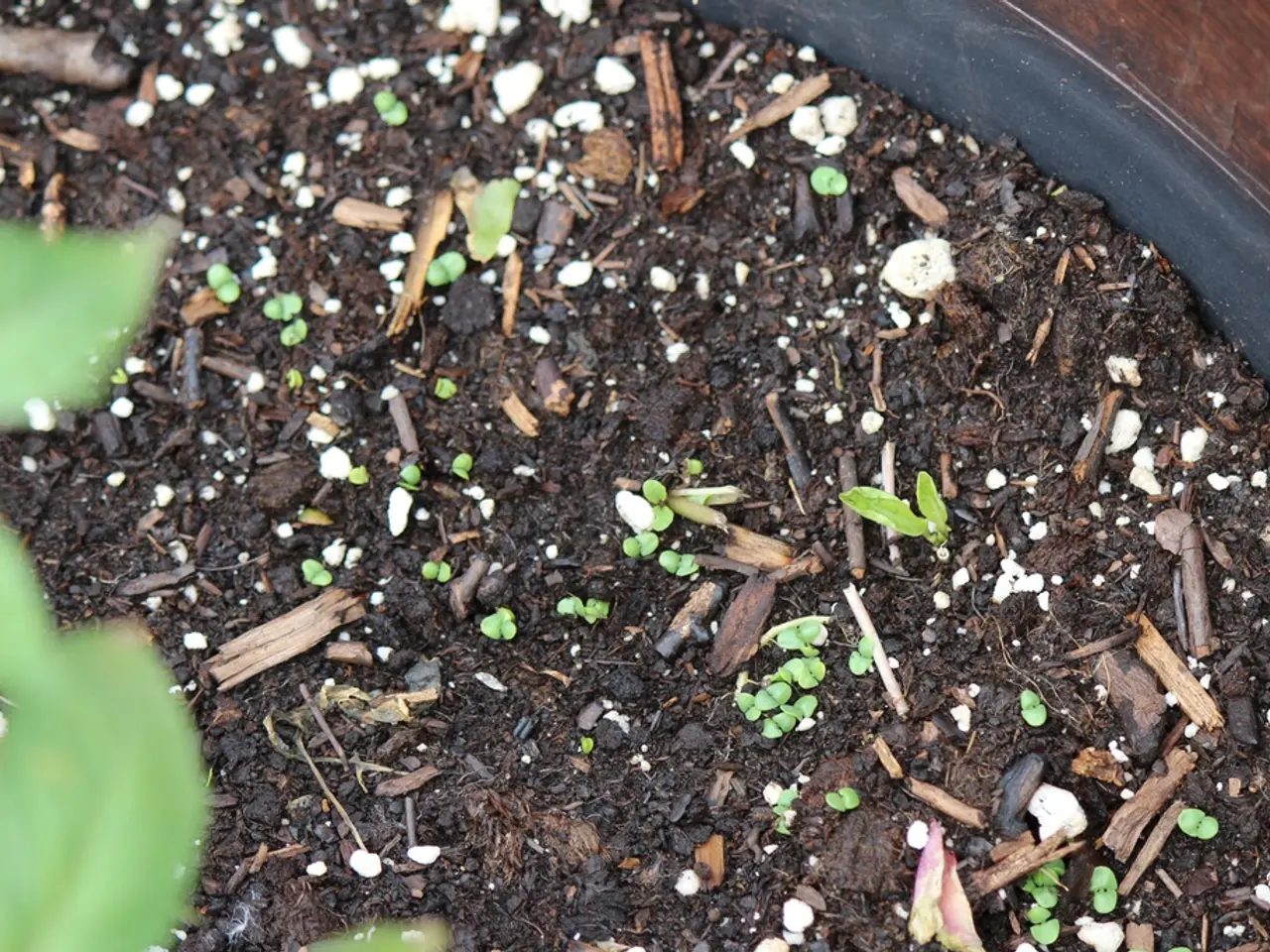Cultivating Your Own Mediterranean Vibes: Growing an Olive Tree at Home
Holiday Ambience in Your Backyard: Savor the Charm of an Olive Grove with These 7 Essential Tips
Fancy a slice of the sun-soaked Mediterranean in your very own garden or balcony? An olive tree might just be the answer! Although it's not native to our regions, with the right care and attention, these lovely trees can thrive in our backyards too. Here are some handy tips to keep your olive tree feeling at home!
Tip 1: Embrace the Summer Sun
Hailing from the sunbaked Mediterranean, olive trees enjoy warm weather from March to September. With regular watering and appropriate companions, these conditions are perfect for growth. For those living in warmer regions, an olive tree can flourish outdoors without any issues, according to author and gardening expert, Peter Berg.
Tip 2: Find the Perfect Spot
While the summer heat is essential, it's crucial to consider the winter months when deciding where to plant your olive tree. A protected location, such as near the house, is ideal. The tree benefits from the warmth of light terraces and walls, says Berg. During the summer, potted olives should be placed outdoors in a spot that receives rainfall, and in winter, a roof overhang offers some protection against excessive rain.
Tip 3: Keep the Soil Moist
Contrary to popular belief, olive trees need consistent moisture to thrive. Prolonged drought can harm the tree. Keep the soil around the plants moist, especially if the plants are cultivated in a pot. For potted olive trees, the long roots that can usually dig deep into the ground to access water aren't possible, so regular watering is crucial.
However, avoid leaving water standing in the soil as it can lead to root rot. A drainage layer in the pot and the planting hole is recommended to prevent this issue.
Tip 4: Fuel Growth and Frost Protection
In the spring, fertilize your olive tree with a preparation suitable for Mediterranean plants. This preferably contains long-lasting nutrients, meaning you'll only need to fertilize once more, in the autumn. An increased proportion of potassium is vital during autumn fertilizing, as this enhances the frost resistance of the olive tree.
Tip 5: A Cozy Winter Hideaway
Olive trees can survive temperatures as low as -4°C (25°F) outdoors. However, extended frosty periods require moving the tree indoors to a bright, sheltered location – a heated living room isn't suitable. A brighter, unheated hallway or a protected carport are better choices.
Protecting the roots from frost damage is essential. To achieve this, cover the pot with Styrofoam when planting to ensure the roots don't freeze. Outdoor protection is possible, albeit more labor-intensive. You can wrap the olive tree with fleece or use a tomato-like shelter.
Tip 6: Dealing with Yellow Leaves
Depending on the cause, yellow leaves on an olive tree can occur. Causes range from excess water to nutrient deficiency to fungal diseases. Some leaf yellowing is normal and not a cause for concern, but if entire branches are affected, it's time to investigate.
In winter quarters, inadequate light and often standing water can cause the problem. Rotating the pot occasionally can help if the plant is situated in poor light conditions. If the leaves turn yellow in winter due to fungal diseases, maintenance is required by collecting fallen leaves and reducing watering.
Tip 7: Choosing Accompanying Plants
Olive trees are solitary in nature and tend to dominate a garden or balcony when fully grown. To create a harmonious environment, choose plants that complement the olive tree. Lavender is a classic option with its fragrant, lilac-blue flower spikes and silvery foliage, while sword lilies (Iris) and Yucca are other suitable options from the Mediterranean plant repertoire.
Sources: ntv.de, Dorothee Waechter, dpa
Fascinating Facts:
- Medicinal properties: Olive oil, derived from the fruit of the olive tree, has been used for centuries in various medicinal treatments, such as skincare and cholesterol reduction.
- Root system: Olive trees can develop extensive root systems, capable of reaching depths of up to 30 meters, making them highly drought-resistant.
- Age: Old olive trees can live for up to 2,000 years under ideal conditions.
Incorporating the community policy and lifestyle aspects, homeowners grappling with strict zoning regulations may find it challenging to grow an olive tree at home. It's advisable to check with the community policy regarding the cultivation of non-native species in one's garden or balcony.
Additionally, adopting a Mediterranean lifestyle entails not only growing an olive tree but also embracing other elements of the region's home-and-garden culture, such as incorporating accompanying plants like lavender, sword lilies, and yucca in the garden to create a harmonious and authentic Mediterranean vibe.








